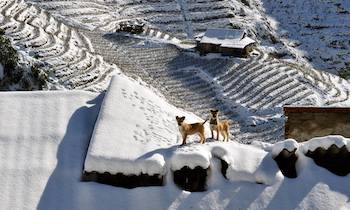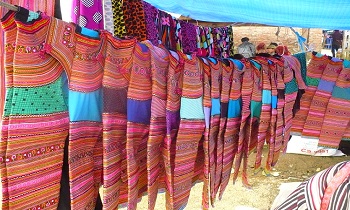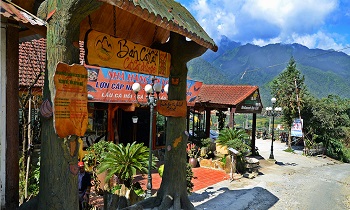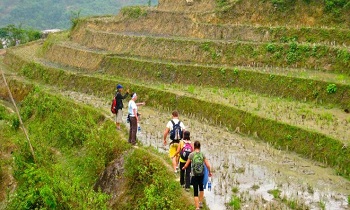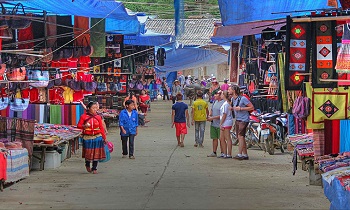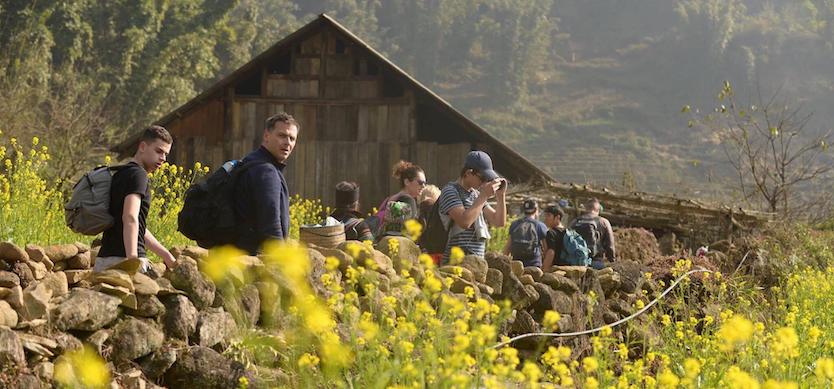
Must-know taboo of the ethnic tribes in Sapa
Sapa is home to many groups of ethnic living together, so the culture is very diverse. Also, the taboo in Sapa is a factor you should learn when visiting here.
Sapa has been renowned for the breathtaking natural landscapes and the unique local cultures of the ethnic tribes for a long time. During your trip to Sapa, there are customs and behaviors of the local ethnic groups, which you should be aware of to not be in the unexpected troubles.
Here are some typical taboos that you may want to know. Do not forget to Sapa tours to get more information about what to do in Sapa or the detailed plan for a trip to Sapa - Lao Cai.
During your trek
Trekking to the local villages is one of the most exciting and favorite activities in Sapa since this is such an excellent way to learn more about the unique local cultures. However, it's essential to have ideas of some taboos of the villages you are heading to so that you will have the right behaviors when visiting these villages.
Forbidden forest
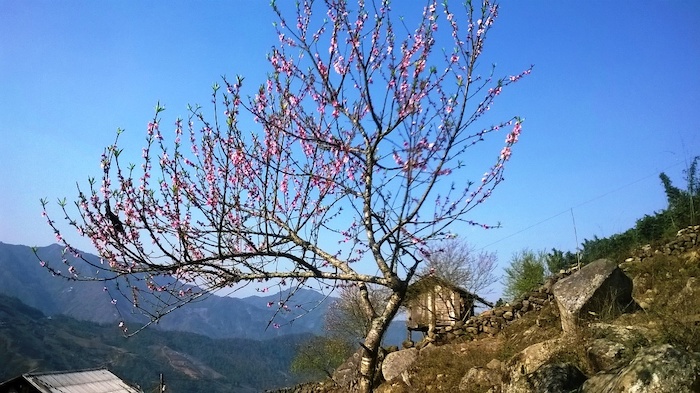
Sapa forests
Most of the communities have their principles which are supposed to be followed strictly by the locals as well as strangers to the villages. Many villages regularly have a “forbidden forest” that is the location of the old green trees and rock blocks considered as sacred items in their region.
That forbidden forest is the place where the villagers worship the lords as well as commit the religious ceremonies of the village. These forests are protected carefully by the villagers and strangers are not permitted to enter or have any disrespectful acts in the zone that are firmly prohibited.
Worship rules
When the villagers perform traditional rituals of worshipping lords or dispelling evil spirits, a unique gate is set up at the village's entrance. For example, Ha Nhi villages prop up a gate decorated with chicken's head and wing, wooden swords and knives, while other communities like the Tay, Giay, Thai, Bo Y, Lao and Xa Pho also set up their village gates, sometimes holding a bunch of green leaves or a cow's jawbone, showing that a religious ritual is in progress.
Those things are the signals to recommend you not to enter the village during these times. If visitors commit the taboos or violate rules, they may be punished by offering everything to worship the village's gods again.
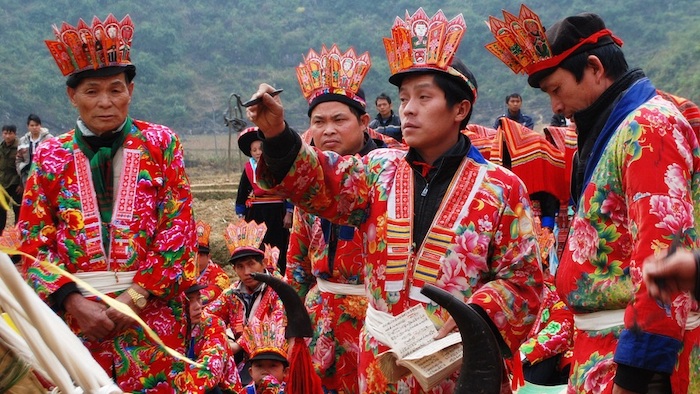
You should take notice of the taboos when traveling to Sapa
Village rules
When setting foot in the village, tourists should avoid making noises in order not to spoil the quiet and peaceful atmosphere here. It's advisable for you not to do whistle since this is also considered as a taboo. The locals assert that whistling is the signal to invite demonic to the village.
Moreover, during your trekking to the place, some local children may follow you. Touching on their heads is not a proper way to express your sentiment since the locals believe that the souls which reside in the head can flee so the children can be weakened with sickness and diseases.
In the house
When entering the local house of the ethnic village, it is necessary to follow the host's guidance. For instance, Ha Nhi’s traditional house has two entrances. Once the host approves, tourists are only allowed to pass through the first door. Thai’s houses have separate stairways, one for women and the other ones for men. Each home has an altar that is centrally situated to worship their ancestors and lords.
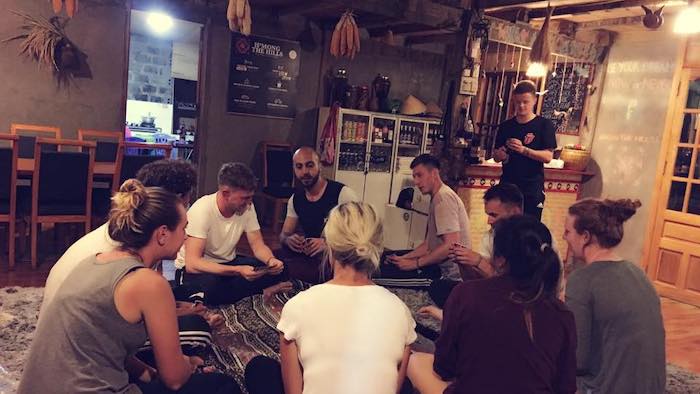
Staying in a homestay in Sapa
Everyone must respect the ancestor altar. Note not to place any personal utensils on the platform, touch it or sit with the back opposite to the altar. In H’Mong’s house, there is frequently one highest pillar. It is strongly believed that it is the residence of the ghost and visitors are not forbidden to hang clothes on it as well as lean on that spiritual pillar.
During the trip to villages, some tourists may choose a homestay and enjoy Sapa specialties with the local family. Keep in mind that when eating, seats are purposefully arranged.
According to Giay and Dao customs, the seats next to the altar are reserved for the oldest member of the most honorable guest. H’Mong people always leave those seats blank for the souls of their dead parents. You shouldn't sit in the remarkable seats or next to the local elders unless formally invited by the host. Never sit in front of the altar or with your back opposite to it.
Before starting a meal, tourists have to patiently listen to the host’s rituals that aim to invite ancestors as well as blessings. Visitors shouldn't have the food or drink first, as well. Also, when the host asks water or wine, if you don't like to drink, let's say "No, thank you" politely, instead of bowling down the table that is the action only taken by the worshipers to evict ghost.
When visiting the village, it's better not to wear undyed white linen since white is the color of the funeral. Moreover, while traveling to H’Mong & Dao villages, names referred to H’Mong & Dao people such as Meo or Man are supposed to be slurred and apparently should never be used. Aggressive behavior, especially with the elder, women, and children, is always unacceptable.
Whenever wandering around the village or visiting someone’s house, it's a good idea to greet the locals with a kind-hearted attitude actively, express sincerity with a smile, handshake an or a slight bow.
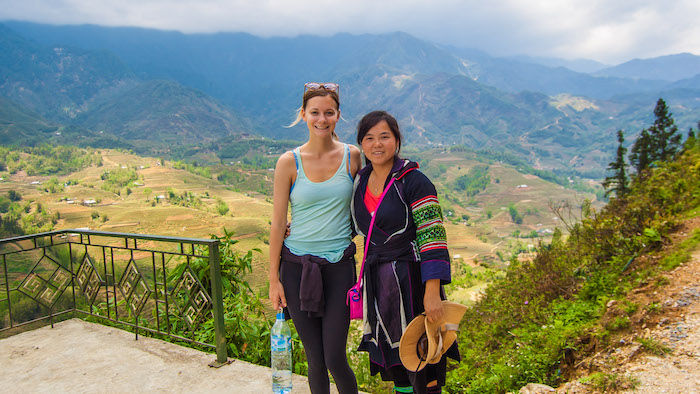
Visiting Sapa
These above things are the must-know behaviors of the local ethnic tribes in Sapa, which you should be mindful during your visit to this beautiful land. Remember all the taboos and have an enjoyable Sapa private tour as much as possible. Please like and share the article to others if it’s useful for you. Thank you.


